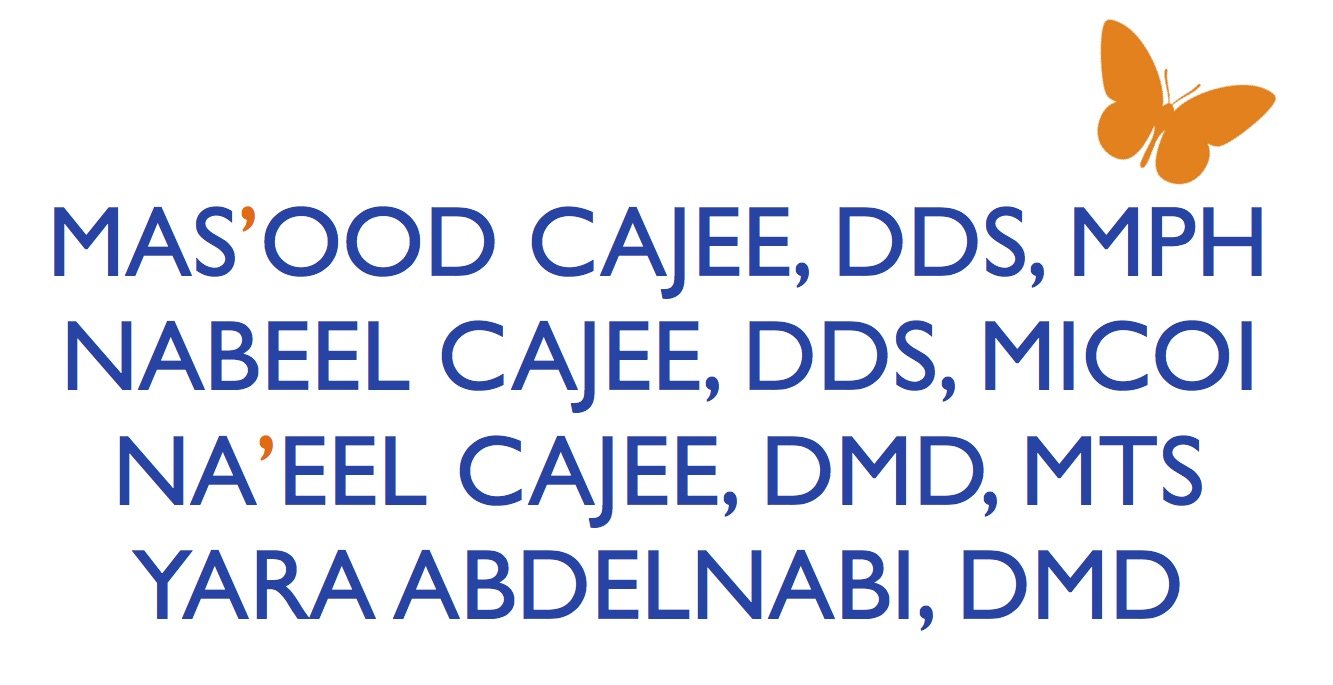Dental benefit plans (aka “dental insurance”) are designed to share the cost of dental care. While most plans potentially cover 50 percent or more of the cost of dental services, your plan may not cover the total cost of your treatment. Dental benefit plans are not really insurance in the traditional sense but are designed to provide you with assistance in paying for your dental care. Even the best plans will cover your exams/xrays plus 2 cleanings per year at 100% but will only work like a coupon for some of the rest of the work you may need. A plan may have limitations on the number of office visits, consultations, radiographs (X-rays) and various treatments it will cover. Here are some commonly misunderstood dental plan terms and features...
USUAL, CUSTOMARY AND REASONABLE
“Usual, customary and reasonable” (UCR) may be one of the most misunderstood terms used in describing dental benefit plans. UCR plans may pay an established percentage of the dentist’s fee, or what the plan considers a “customary” or “reasonable” fee limit, whichever is less. Although these limits are called “customary,” they may or may not reflect the actual fees that dentists in your area charge. Your explanation of benefits (EOB) may note that the fee your dentist has charged you is higher than the UCR reimbursement levels that the plan offers. This does not mean that you have been overcharged. For example, the benefits company may not have taken into account up-to-date data in determining a reimbursement level. Keep in mind that there is no regulation as to how insurance companies determine reimbursement levels, and companies are not required to disclose how they determine these levels. This results in wide fluctuations.
LEAST EXPENSIVE ALTERNATIVE TREATMENT PROVISIONS
Your dental plan may not allow benefits for all treatment options, even when your dentist deter- mines that a specific treatment is in your best interest. For example, your dentist may recommend a crown, but your plan may offer reimbursement only for a large filling. As with other choices in life, such as purchasing medical or automobile insurance or buying a home, the least expensive alternative is not always the best option.
ANNUAL MAXIMUM
Your dental benefits plan purchaser (for example, your employer) makes the final decision on “maximum levels” of reimbursement through its contract with the insurance company. The annual maximum often is based on the amount the employer wishes to pay for the dental benefit. Even though the cost of dental care has increased significantly over the years, the maximum levels of reimbursement have not changed much in 30 years.
PRE-EXISTING CONDITIONS
Just as with medical insurance, a dental plan may not cover conditions a person had before enrolling in the plan. Even though your plan may not cover certain conditions, treatment may be necessary. Your dental plan may not cover certain procedures or preventive treatments regardless of their value to you. This does not mean these treatments are unnecessary. Sealants, for example, can save you money later. Dr Cajee can help you decide what type of treatment is best.
QUESTIONS? ASK YOUR PLAN SPONSOR
We will do our best to help you with your dental insurance plan,. We cannot always answer specific questions about your dental benefits or predict the level of coverage for a particular procedure, because plans written by the same benefits company or offered by the same employer may vary according to the contracts involved. Your plan sponsor (often your employer) usually is in the best position to explain the individual design features of your plan and answer specific questions about coverage.


